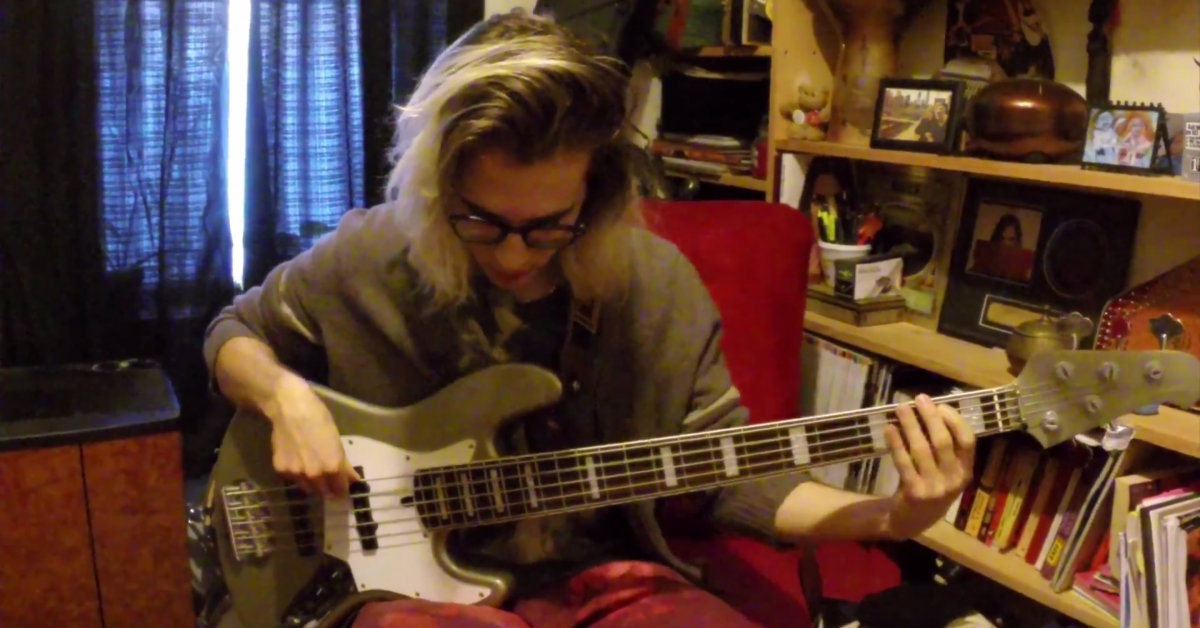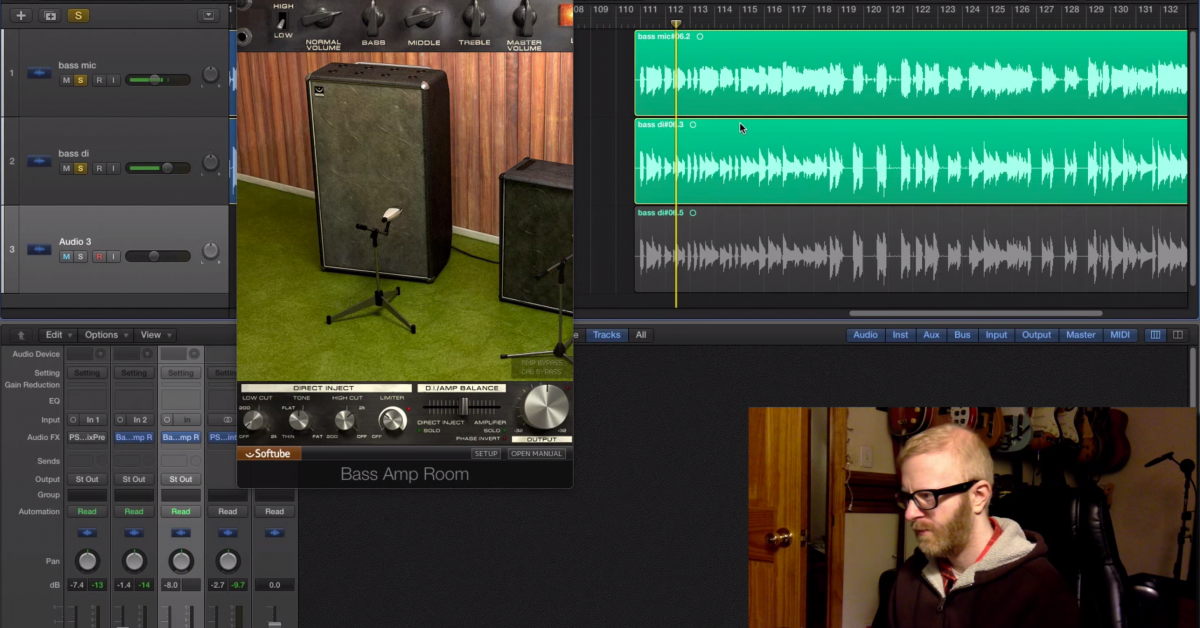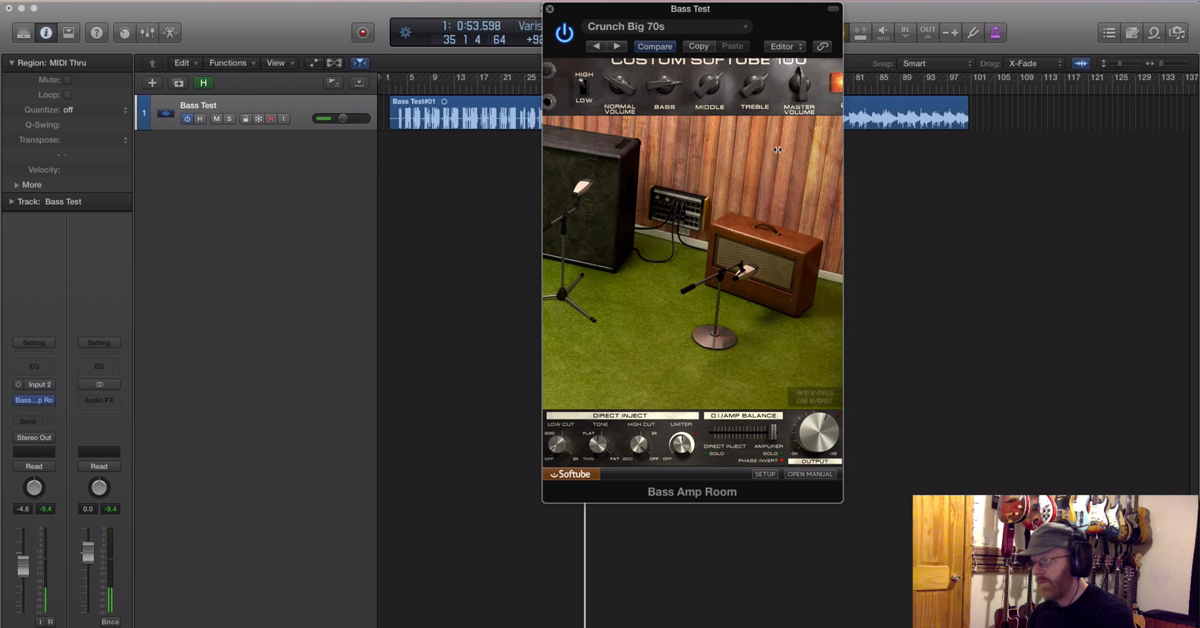3 Essential Traits of a Great Session Bassist
Article Content
Bassists get a bad rap. I can’t count the number of times I’ve heard people make comments about bass being an easy instrument.
Sometimes they’re jokes in good gesture. Other times people really seem to have a misperception of the skill required to be a great bass player.
The Flasher
Bassists have the difficult position of being the most exposed when things aren’t right. There is no forgiveness in wrong notes. Guitarists can sometimes fudge their way through a bad note by calling it a “creative choice.” If a bassist plays the wrong root note, the glare of death will set upon them from everyone in the room.
Playing the right note is just one aspect of playing bass though.
In this article, I want to talk about some other essential traits exhibited by the best session bassists.
1. Feel
The word feel gets thrown around a lot. Often, there’s a haze around the term. This is understandable, as it’s a difficult thing to explain. Although it’s a bit elusive, there is a science to it.
Bassists have an interesting position in the band by being able to create tension with time. A friend of mine named Cat Popper (Jack White, Ryan Adams) explained to me some of her thoughts on musical time travel.
Cat explained that conventional wisdom is that drums and bass play perfectly in sync. But, a lot of the great bassists know that the bass can push and pull against the drum groove.
She mentioned that sometimes within a bar of music she may pull a note back slightly against the drums. You can do the same with pushing a note slightly ahead.
You might be surprised by the subliminal effect this nuance can create. It’s a subtlety that every master of bass I’ve played with has exhibited.
In the DAW world of quantization, there tends to be this notion that everything should be quantized to the grid. There are times when quantization is the right tool. But, not as a default. A lot of times you want the instruments to push and pull with each other.
If you were able to pull up the drum and bass tracks in Pro Tools from Bob Marley, you might be surprised to see where Family Man was placing some of the beats.
The same could be said for James Jamerson. Things are intentionally not exactly on the grid.
2. Tone
When a bassist plugs in, you get an immediate sense of their tone. There is no denying how much comes from the player.
It has been interesting to observe how different the raw tone is between two bassists like Gail Ann Dorsey and Andy Hess. I’m not talking about their choice in notes either. If they both played a whole note, each would sound entirely different.
I’ve hired bassists solely on their tone. I know how it will fit into a production. It’s not just adjusting the bass amp. You can’t add that kind of tone back into a signal.
You really have to develop your raw tone and figure out what works for the music you’re interested in making.
One thing I’ve noticed is that some of the great bassists don’t have as much low end in their sound as you’d expect. This is somewhat style-specific of course. But, in general, I’ve found this to be the case more often than not.
3. The Build Up
Great bassists are really patient with building parts. They’re not afraid to stick to one pattern for a long time. They’re not trying to get the limelight. They’re serving the song.
It’s good to have a strong overview of a song. That way you can choose the way you build tension. Like I mentioned earlier, tension isn’t just created with an “outside” pitch.
You can also build tension with repetition. If you build a line that repeats for a period of time before you do a variation, that variation will be significantly more gratifying.
This doesn’t mean every bass line should be repetitive. I’m just saying the best bassists I’ve worked with know how to use repetition to create tension. Think wisely about how many fills you place in a song or section of a song.
Don’t be afraid to play whole notes. Don’t be afraid to leave space. Sometimes taking the biggest risk is laying back.
The Take Away
Becoming an excellent session bassist is hard. When someone great is grooving, it’s an unmistakable feeling.
The recording doesn’t hide lack of nuance. It’s hard to edit in feel. That sort of work will drive an engineer mad.
The best bassists I know stay busy because of the points I mentioned. They’re not impossible skills to gain, and the first step is taking notice of their importance.





